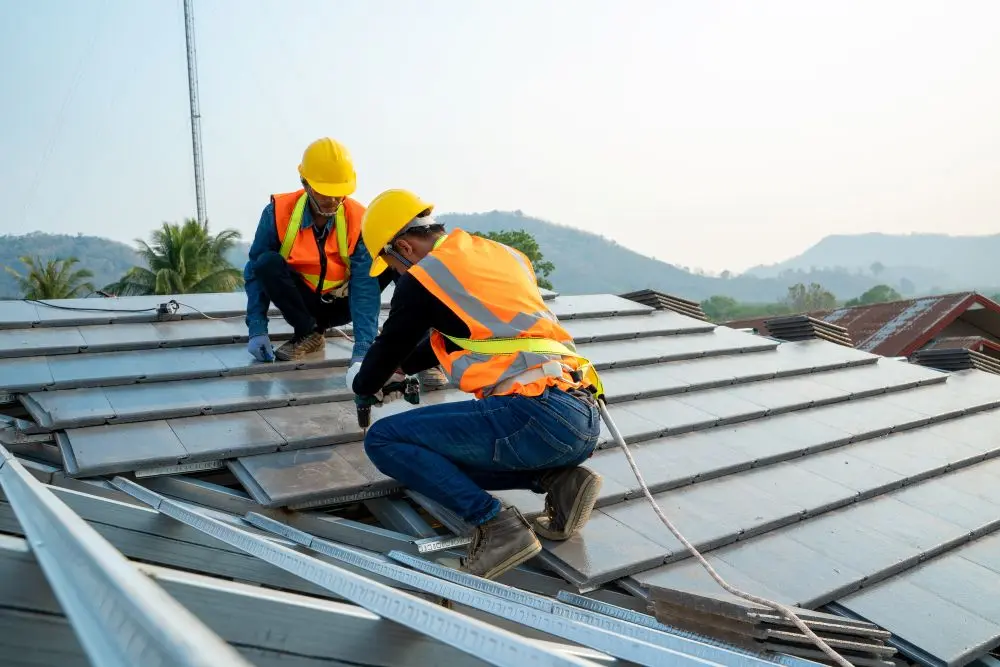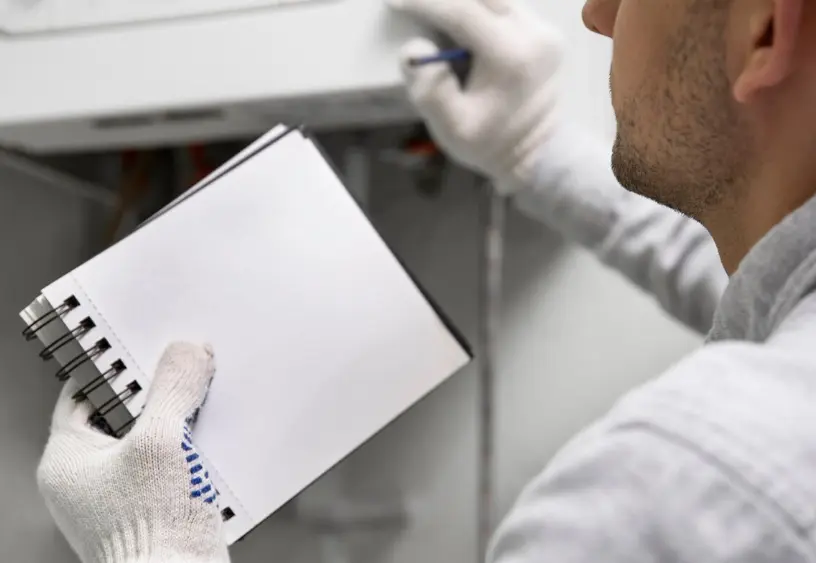The rainy season can bring more than just gray skies and muddy shoes—it can also mean costly repairs if your home isn’t properly prepared. A little maintenance now can prevent serious issues later, from water damage to heating problems. Whether you’re dealing with light drizzles or heavy storms, it’s important to protect your home from the elements.
This guide covers key areas of your house that need attention before the rain starts pouring. Think of it as your pre-rainy-season checklist. These tasks don’t need to be overwhelming—they just need to be timely. Here are the essential home maintenance tips to keep your household safe and dry.
Check and Repair the Roof
A roof in poor condition is an open invitation for leaks during the rainy season. Cracked shingles, damaged flashing, or worn-out sealing can allow water to seep into your ceiling and walls. It’s best to do a visual inspection or have a professional check for signs of wear. If you notice sagging spots or discoloration, that could mean moisture is already making its way in. Address any issues early to avoid interior damage and mold.
Companies like Beaver Roofing often recommend handling minor repairs or even replacements before the wet season gets into full swing. This way, you’re not scrambling to fix problems while it’s actively raining.
Clean and Maintain Gutters and Downspouts
Gutters play an important part in moving rainwater away from the foundation of your house. When they’re clogged with leaves, twigs, or debris, water can overflow and cause serious damage to siding, windows, or even the base of your house. Take time to clear out your gutters and flush the downspouts with water to ensure proper flow.
While you’re up there, look for signs of rust or sagging that may indicate it’s time for replacement. Installing gutter guards can help reduce the frequency of cleanings. Be sure to also check that downspouts are angled away from the home. Redirecting water safely is one of the simplest ways to avoid future headaches.
Inspect Windows and Doors for Leaks
Rain can easily find its way into your home through poorly sealed windows and doors. Over time, weatherstripping can wear down, allowing drafts and moisture to creep in. Test your seals by feeling around the edges for air leaks or placing a candle near the frame to detect movement.
If needed, apply new caulking or replace the weatherstripping. Water stains or peeling paint near the edges could indicate existing problems. Not only does this keep your home dry, but it also improves energy efficiency. A tight seal ensures your indoor temperature stays stable throughout the wet season.
Repair or Replace the Furnace
While it might seem like furnace issues are more of a winter concern, the rainy season often brings damp, chilly air that makes heating necessary. A neglected furnace can lead to uneven warmth or even safety hazards.
Before the season starts, check your system’s filters, thermostat, and pilot light if applicable. If you haven’t had a professional check-up in a while, now is a great time to schedule one. Staying on top of furnace maintenance helps ensure your heating system runs efficiently and safely when needed. Unusual smells or loud noises are signs you shouldn’t ignore. Proper care now could prevent a costly breakdown later.
Seal Cracks in Exterior Walls and Foundation
Small cracks in your home’s exterior may not seem like a big deal until the rain finds its way in. Water infiltration can damage insulation, warp walls, and contribute to mold growth. Walk around the exterior of your home and look closely for any visible cracks or holes. Pay special attention to the foundation and areas around vents or pipes.
Use waterproof sealant to close up gaps and consider repainting if your home’s protective coating is worn. This simple task adds a strong layer of defense. It’s all about minimizing entry points before the rain starts to fall.
Store Outdoor Items and Trim Trees
The rain doesn’t just affect your home’s structure—it also poses a risk to your yard and belongings. Move items like patio furniture, grills, and tools into a shed or garage to protect them from the elements. Strong winds and soaked ground can cause branches to fall, so trim trees near your roof or windows. Check for limbs that are dead, leaning, or too close to power lines.
Keeping trees healthy and maintained prevents accidents and gives rain-soaked soil less leverage to uproot them. A tidy yard is not just safer—it’s easier to manage after a storm. Don’t forget to secure items that can’t be moved to prevent them from blowing away.
Test Your Sump Pump (If You Have One)
If your home has a basement or is located in a low-lying area, a sump pump can be your best line of defense. It helps keep water out by redirecting it away from your home during heavy rain. To make sure it’s working, pour a bucket of water into the sump pit and listen for the pump to activate.
If nothing happens or it drains slowly, it may need servicing. Also, inspect the discharge pipe to make sure it’s free of obstructions and pointed away from the house. A backup battery system can also be a smart investment. Don’t wait until your basement is flooded to realize there’s a problem.
Final Thoughts
Preparing for the rainy season doesn’t have to be overwhelming—just a matter of knowing where to focus. From the roof above to the systems that heat your home, each part plays a role in protecting your comfort and safety. Tackle small fixes now before they become bigger and more expensive problems.
A little planning goes a long way in keeping your home dry, cozy, and damage-free. When in doubt, getting a professional opinion can help you prioritize the most urgent tasks. Stay ready and let the rain come—you’ve got it covered.
Apart from that if you want to know about “Pipe Leaks and Burst Pipes: How Plumbers Fix Them” then please visit our “Exterior” Category.



